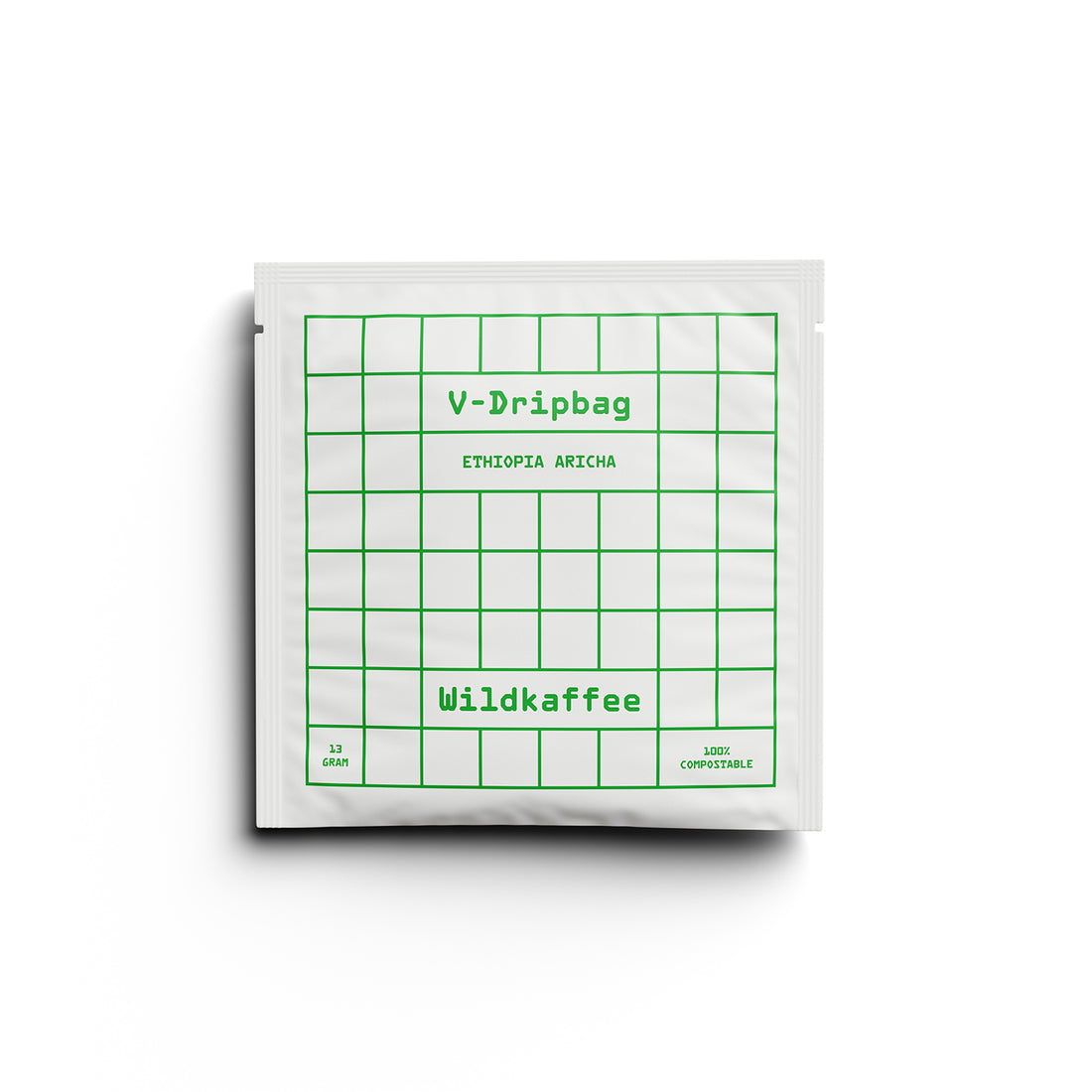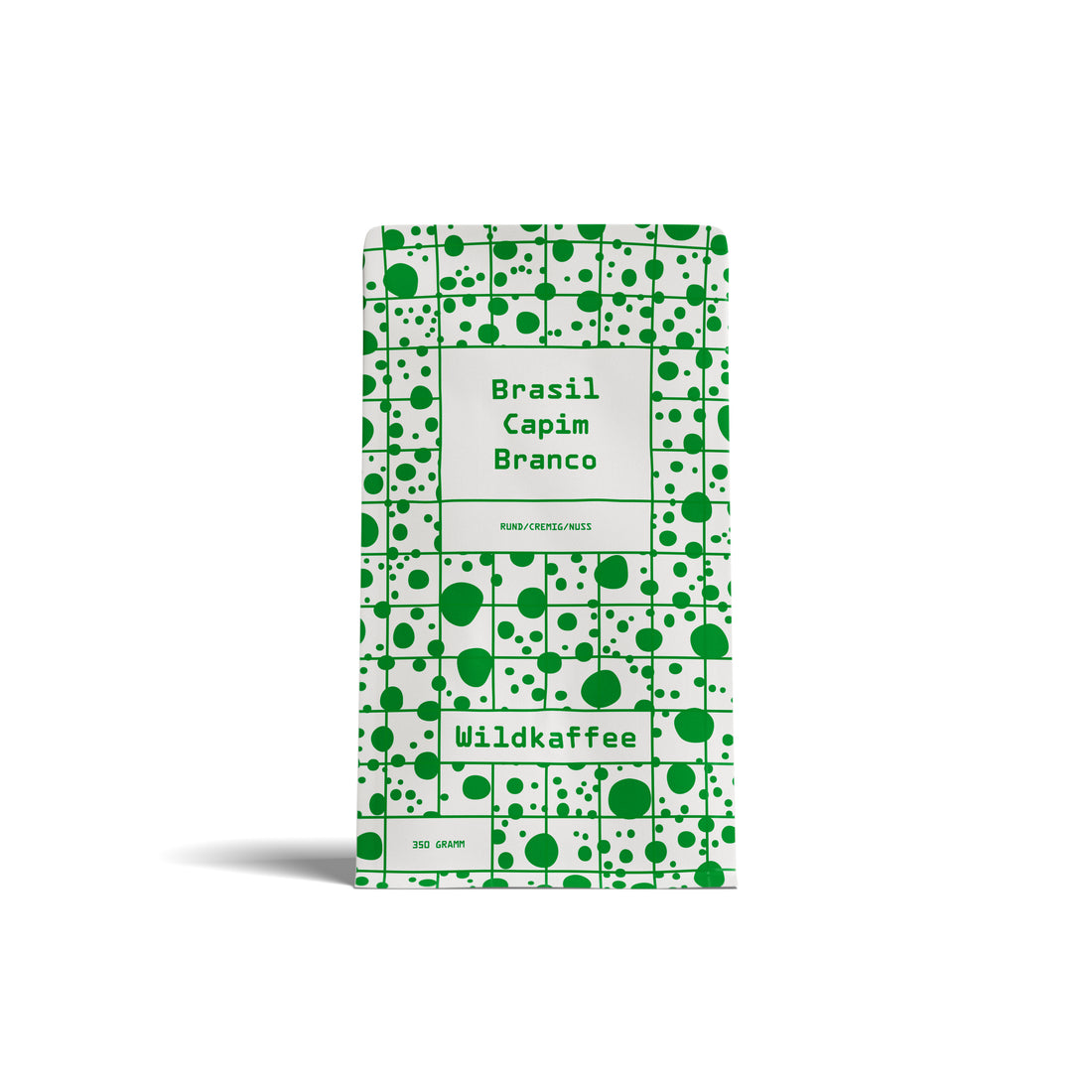Decaffeinated Specialty Coffee: Methods, Taste, and Preparation
What is decaffeinated specialty coffee?
Decaffeinated coffee is real coffee—only with a significantly reduced caffeine content. With specialty coffee, the focus is on origin, variety, processing, and precise roasting to preserve aromas, sweetness, and clarity. Modern processes such as Swiss Water, CO2, and sugarcane (ethyl acetate) remove 97–99.9% of the caffeine without unnecessarily altering the coffee's character. The result: reduced-caffeine coffee that, even as a decaffeinated espresso or filter, offers much more than just a tasty alternative.
Quick overview: process, taste, preparation
Key Takeaways in 30 Seconds
- Common processes: Swiss Water (water-based), CO2 decaffeination (supercritical CO2) and sugarcane/ethyl acetate (EA)
- Taste: Swiss Water = clear and sweet; CO2 = very typical; Sugarcane = smooth, caramel-like, often pleasantly fruity
- Roasting: Decaf needs gentle heat, a slightly shorter development time and precise color targets, our decaffeinated coffee is a medium roast
- Preparation: Often grind slightly finer, extract more highly; target yield may be slightly higher than with caffeinated coffee
- Purchase: Process, roast level, roast date, transparency and price are crucial – for the best decaffeinated coffee in your cup
How is coffee decaffeinated? Comparison of processes
Swiss Water Process
In the Swiss Water Process, green beans are soaked in water. Caffeine and soluble flavor components migrate into the water. This water passes through activated carbon filters that selectively remove caffeine. New beans are then added to the saturated solution: Now, primarily caffeine diffuses out, while flavor compounds are largely retained. Advantages: solvent-free, good flavor preservation, consistent results. Sensory properties: high clarity, good sweetness, often clean acidity.
CO2 decaffeination
Here, supercritical CO2 (at high pressure and moderate temperature) is used as a selective extraction agent. The CO2 extracts caffeine from the beans, is then depressurized, and can be reused in a cycle. Advantages: highly targeted caffeine removal, minimal impact on volatile aroma compounds, and good scalability. Sensory analysis: varietal profiles often remain remarkably intact, with clear fruity or nutty notes depending on the origin.
Sugarcane/Ethyl Acetate (EA) Natural
Ethyl acetate , often derived from sugarcane, binds caffeine in a cycle of steaming, soaking, and rinsing. The natural solvent is used in a controlled manner and removed after the process. Benefits: "natural" solvent, softer sweetness, milder acidity. Sensory notes: often caramel-like, vanilla-like, with gentle fruitiness—popular as "sugarcane decaf."
Solvents (MC) and why rare for Specialty
MC (methyl chloride) is effective and cost-effective, but is rarely used in the specialty coffee segment due to limited transparency, image issues, and potential sensory impact. While strict limits ensure food safety, roasters generally prefer Swiss Water, CO2, or EA for top quality.
Effects of the processes on aromas and body
- Volatility: The gentler the process, the better floral, fruity and sweet notes are preserved
- Body: Some procedures can slightly round off the body; Sugarcane tends to have a velvety texture
- Transparency: CO2 and Swiss Water often shine with clarity, EA with round sweetness

Making Specialty Decaf: from green coffee to roast profile
Bean selection, varieties and processing
Decaf is only as good as its raw coffee. Choose dense, ripe beans with a clear origin and clean processing :
- Varieties: Bourbon, Typica, Caturra, SL varieties or selected hybrids with natural sweetness
- Preparation: Washed for clarity, Honey for balance, Natural for fruit and body – depending on the desired cup profile
- Screening: Uniform bean calibers help with homogeneous roasting and extraction performance
Quality control after decaffeination
Decaffeination affects moisture, color, and cell structure. Therefore, post-process checks are crucial:
- Check humidity and water activity: The goal is stable values for predictable roasting
- Visual inspection: Decaffeinated beans are often darker pre-reddened; minimize failures and breakage
- Cupping vs. Reference: Comparing before/after cups to evaluate aromatic shifts
Roasting strategy: development, final temperature, color target
Decaffeinated beans are more sensitive to heat. The strategy:
- Gentle charge start: slightly lower charge temperature window, but stable heat input in the drying phase
- Short to moderate Maillard phase to develop sweetness without promoting bitterness
- Development time (post first crack) slightly shorter than with regular coffee to limit roasting aromas
- Color target: a moderate agtron target (depending on brew intent); slightly darker for espresso , lighter for filter
- Control: sensory feedback closely in the first roasting cycles, then reproducibly profile
Cup profiles and sensors
Typical flavor notes per process
- Swiss Water: clear sweetness, apple/stone fruit, cocoa, balanced acidity
- CO2 decaffeination: high varietal character – e.g., berries in Ethiopia, nut/chocolate in Brazil
- Sugarcane/Ethyl acetate : Caramel, vanilla, red fruits; soft acidity, velvety body

Common defects and how to avoid them
- Flatness: Roasting too long/too hot – reduce development time, roast fresher
- Ashiness/Bitterness: Overdevelopment – cool, lower final temperature, lower brew temp
- Blunt body: under-extraction – finer grind , longer contact time, higher brew ratio
- Herbal notes: Check green coffee quality, exclude process residues, wait for degassing
Preparation: Recipes for espresso and filter
Espresso recipe (1:2–1:2.2; 25–32 s; 92–94 C)
Starting point for decaffeinated espresso:
- 18 g into the portafilter
- 36–40 g in the cup in 27–30 s
- Brewing temperature: 92–94 °C
- Grinding level: often slightly finer than regular espresso
Fine-tuning:
- More sweetness/clarity: grind finer, extract 1–2 seconds longer
- Too acidic: grind a little coarser or lower the temperature slightly
- Too bitter/tarry: grind coarser and/or go to 91–92 °C, keep shot volume constant
Filter recipe (V60/Flatbed; 1:16; 92–96 C)
Stable all-round start:
- 18 g coffee to 288 g water (1:16)
- Water: 92–96 °C, depending on roasting date and roasting degree
- Bloom: 45 s with 2–2.5x coffee quantity
- Total time: 2:45–3:20 min (V60) or 3:30–4:00 min (Flatbed)
Tips:
- For more body: brew hotter, a little finer and longer time
- For more clarity: brew cooler, use consistent pour patterns, and pre-wet the filter thoroughly
- Note the roasting date: very fresh decafs can retain more gas – keep turbulence moderate

Grind, water and extraction for decaf
- Grinding degree : slightly finer than caffeinated counterparts; aim for a slightly higher target yield
- Water: medium total hardness (approx. 60–120 ppm as CaCO₃), 20–40 ppm alkalinity; excessive buffering dampens acidity
- Extraction: Decaf benefits from 0.5–1.0 percentage points more EY (Extraction Yield) – tastes sweeter and more complete
Buying advice: what to look for when buying decaf coffee?
Label, process, roasting level, roasting date, price
- Process: Prefer Swiss Water, CO2 or Sugarcane (EA); transparency from the roaster is a plus
- Roast level: suitable for the brewing goal – espresso slightly darker, filter lighter ; ideally with the specified roast profile
- Roasting date: buy fresh and use within 6–8 weeks; decaf sometimes degass more slowly
- Origin/Variety: clearly stated – a sign of careful selection and better cup profiles
- Price: Good decafs cost more due to additional processing costs; quality pays off in the cup
- Coffee buying advice: Pay attention to cupping notes, water recommendations and preparation guidelines of the roaster
Health, residual caffeine and safety
Decaf removes most of the caffeine, but not all of it: Depending on the process, usually 0.1–0.3% caffeine remains in the green coffee, corresponding to approximately 2–6 mg per 100 ml of beverage (guidelines). For many people, this is well tolerated in the evening or during sensitive periods. All reputable processes are subject to strict limits and residue controls. In cases of pregnancy , intolerance, or medical advice, it's worth consulting a doctor – decaf is a safe option for combining enjoyment with relaxation.
Seasonality and trends: Dry January, evening coffee, pregnancy
Decaf is booming: Dry January, "Mindful Drinking," and conscious caffeine consumption are driving demand. A cup in the evening without compromising sleep? Decaffeinated coffee makes it possible. Many people are also switching to decaf during pregnancy and breastfeeding to reduce their daily caffeine intake. Roasters are responding with more single-origin coffees, transparent processes, and specialized roasting profiles. The trend: decaffeinated espresso with a full body and moderate acidity, which is perfect in milk-based drinks.




